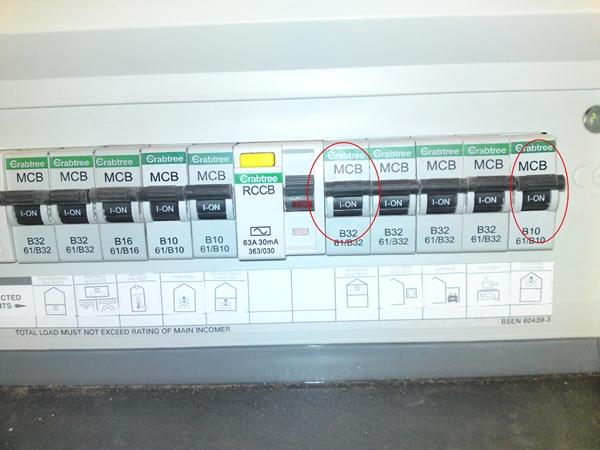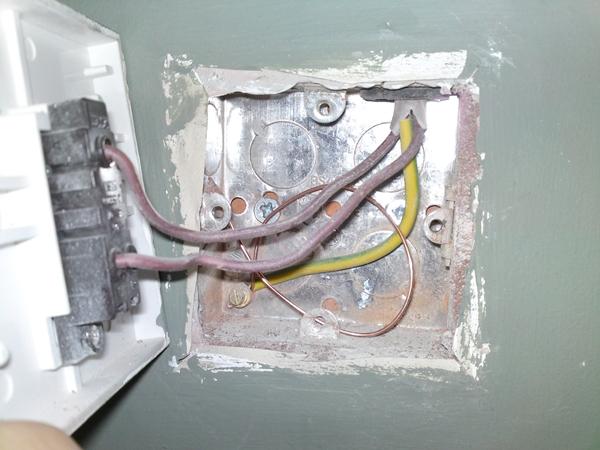We had our house rewired 18 months ago, and about 6 months ago the light stopped working in the main bedroom, for about a week, then it began working again. Then last week it stopped. It is a single switch with earth attached.
1. I firstly tried changing the bulb for one that definitely worked, but this didn't sort it.
2. I then isolated the upstairs lighting and checked both the light switch and the bulb housing - all wiring appears to be ok, no scortch marks, all connected, all screws touching the copper, not the insulation. I have also tried changing the light switch over with one from another room upstairs that still works, but this didn't sort the problem.
3. My father-in-law came over with his volt meter thing in the week and there appears to be no current to the light switch. The volt meter does not plug in to a plug socket. After he had left my wife noticed that the upstairs plug sockets had tripped (separate isolator on the mains).
Anyone have any advice on what could be the issue, or should I just bite the bullet and get the electrician back round?
1. I firstly tried changing the bulb for one that definitely worked, but this didn't sort it.
2. I then isolated the upstairs lighting and checked both the light switch and the bulb housing - all wiring appears to be ok, no scortch marks, all connected, all screws touching the copper, not the insulation. I have also tried changing the light switch over with one from another room upstairs that still works, but this didn't sort the problem.
3. My father-in-law came over with his volt meter thing in the week and there appears to be no current to the light switch. The volt meter does not plug in to a plug socket. After he had left my wife noticed that the upstairs plug sockets had tripped (separate isolator on the mains).
Anyone have any advice on what could be the issue, or should I just bite the bullet and get the electrician back round?




